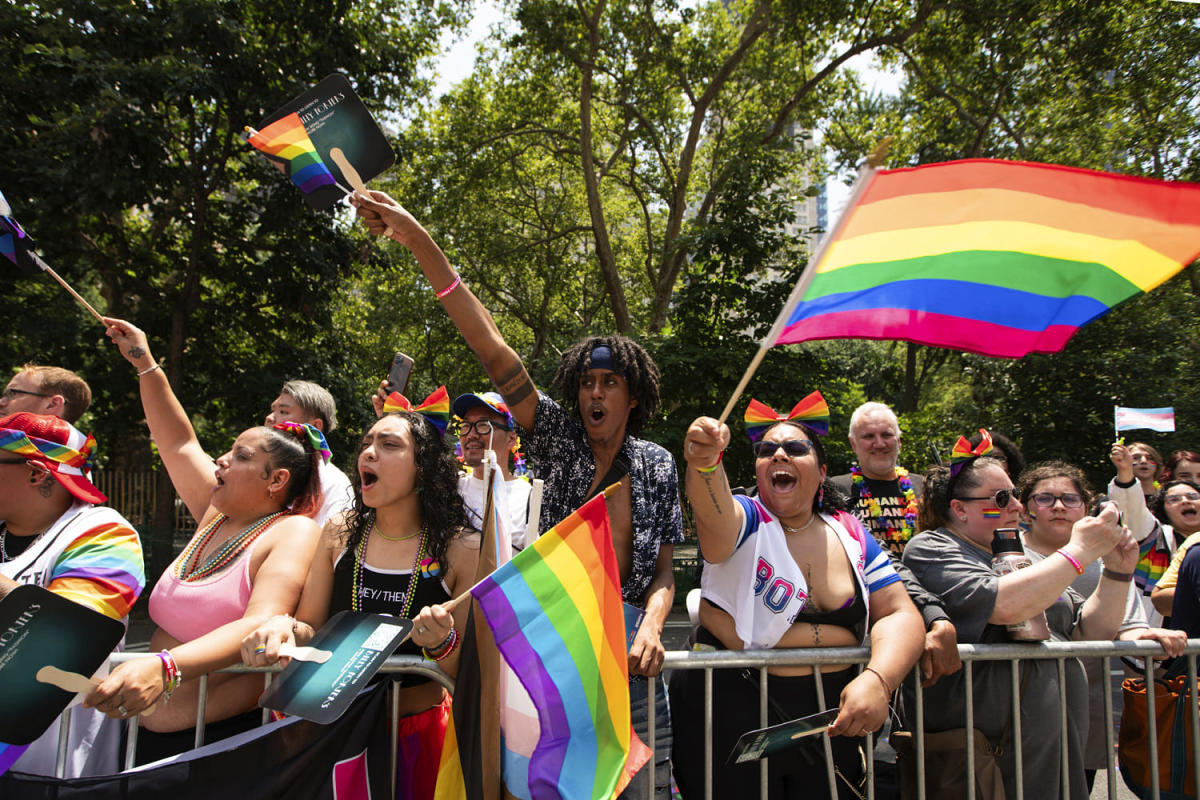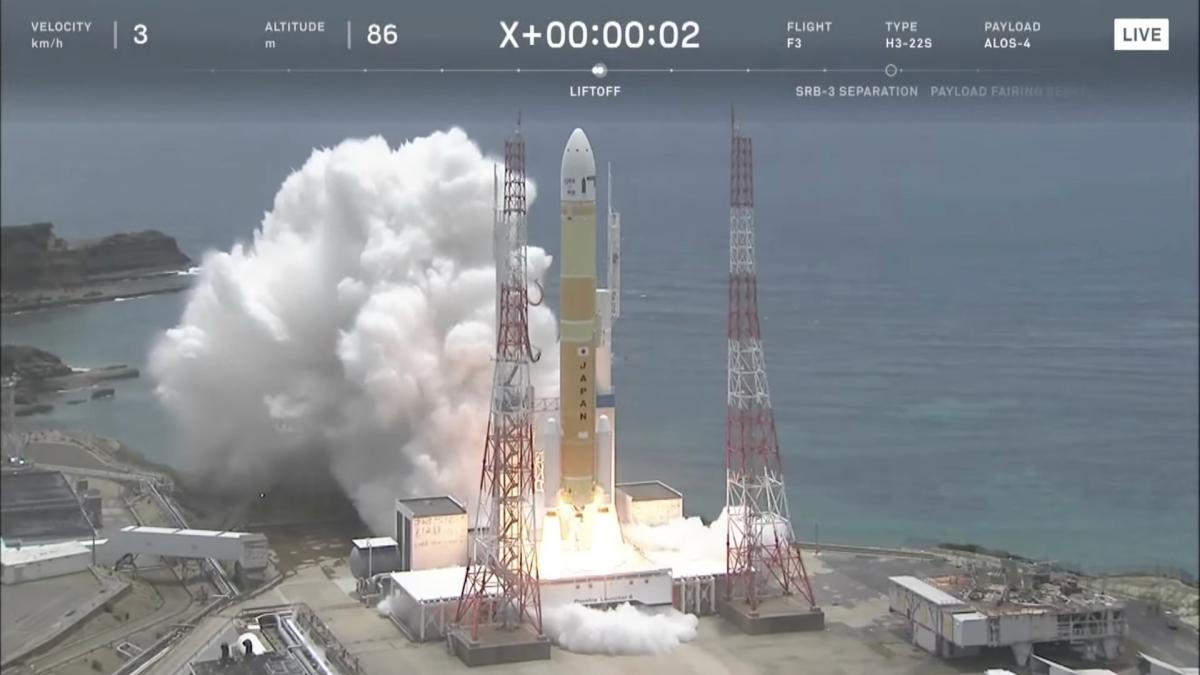Here are the answers to some of the most frequently asked questions about LGBTQ Pride Month, the annual LGBTQ Pride parades, and the iconic 1969 Stonewall Uprising.
What is LGBTQ Pride Month?
LGBTQ Pride Month is a celebration of the lesbian, gay, bisexual, transgender and queer community that is part celebration, part protest. It is often associated with massive parades and celebrations that honor the joys and achievements of the community. But the rallies, marches and political actions can be just as important in drawing attention to the problems the community continues to face.
How did LGBTQ Pride Month start and why is it in June?
LGBTQ Pride Month has its origins in the Stonewall Riots of 1969, which began on June 28, 1969. The first Pride marches began the following year, on June 28, 1970, to commemorate the multi-day riots, and these one-day celebrations eventually evolved . to a full month of LGBTQ pride.
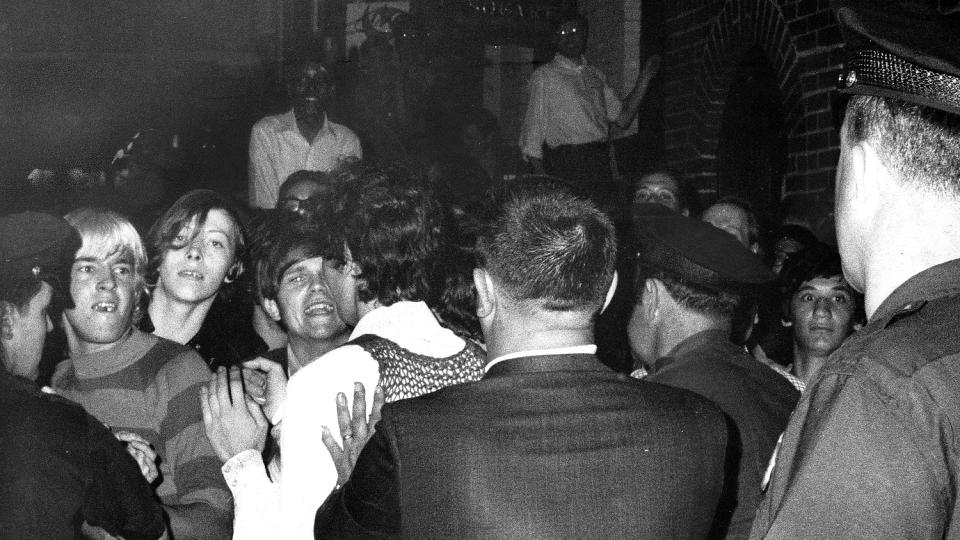
According to a search on Newspapers.com, an online archive of more than 26,000 newspapers, “Pride Month” was first mentioned in a June 5, 1972 edition of Pennsylvania’s Delaware County Daily Times. In the article, gay activist Byrna Aronson talks about the gay rights rallies popping up around the country and shortly after says, “We’re calling it Gay Pride Week and Gay Pride Month, the entire month of June.”
The first time The New York Times mentioned Pride Month, according to its online archive, was in a 1989 article about Mayor Ed Koch who was heckled when he “declared the month of June as Lesbian and Gay Pride and History” at a ceremony in Greenwich Month”. Village.
What are the Stonewall Riots?
In the early morning hours of Saturday, June 28, 1969, members of the New York City Police Department raided the Stonewall Inn, a mob-run gay bar in Manhattan’s Greenwich Village neighborhood. While such raids were not uncommon in gay bars in New York at the time, what was unique about this night was that the patrons had decided to fight back.
The Stonewall Riots, also known as the Stonewall Uprising and the Stonewall Uprising, lasted several days and are credited as the spark that ignited the modern LGBTQ rights movement.
In June 2016, President Barack Obama designated the Stonewall Inn and surrounding area as a national monument, making it the first national monument honoring LGBTQ rights.
Check out these stories for more information:
When was the first LGBTQ Pride march?
The first Pride marches in the US took place on June 28, 1970, exactly one year after the start of the Stonewall riots of 1969. In New York, organizers called their event the Christopher Street Liberation Day March. In an article in the New York Times the next day, the newspaper wrote: “Thousands of young gay men and women from across the Northeast marched yesterday from Greenwich Village to the Sheep Meadow in Central Park, proclaiming ‘the new strength and pride of the gay people ‘. .’”
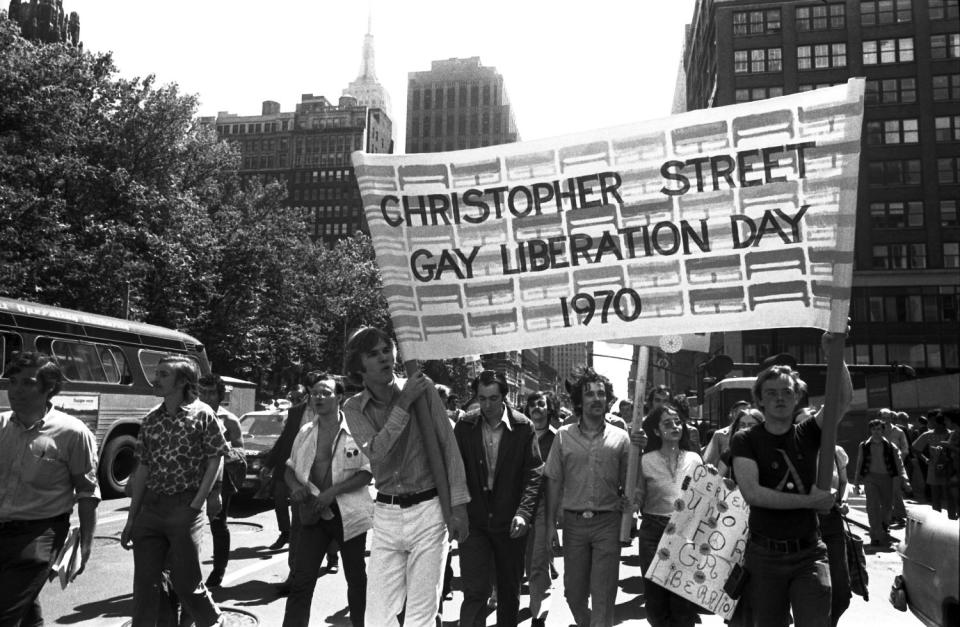

On the same day as the New York march, Los Angeles held a “Christopher Street West” celebration on Hollywood Boulevard, which drew thousands of people. According to LGBTQ historian Lillian Faderman, there were also two “very small marches” that year in San Francisco and Chicago, but the one in New York City was by far the largest.
Check out this story for more information:
What are the largest LGBTQ Pride marches in the world?
New York City remains a global hub for Pride celebrations, drawing millions of people to the annual Pride March in June, which stretches from downtown Manhattan to Greenwich Village.


Both São Paulo and New York City have attracted around 4 million people to their Pride celebrations, making them the largest events in the world. Cities such as Madrid, Toronto and San Francisco also regularly attract hundreds of thousands and sometimes millions of revelers.
When was the rainbow Pride flag created?
The rainbow Pride flag, the most enduring symbol of the LGBTQ rights movement, was created nearly half a century ago by seamstress Gilbert Baker for the San Francisco Gay Freedom Day Parade in June 1978, which drew hundreds of thousands of partygoers.
“Until the rainbow flag in 1978, the pink triangle had actually functioned as a kind of symbol of homosexuality and gay rights, but it was designed by Hitler. It was done to us the same way they used the Star of David against the Jews. It was a whole code of symbols used to oppress people,” Gilbert told NBC News in 2016. “So we needed something to come from us.”
Gilbert liked the idea of a flag because “flags are about power,” he said, adding, “I knew right away that the rainbow would be a perfect fit for us.”
“It expressed our diversity in terms of our gender, our race, our ages – all the ways we are different, yet connected,” he said of the rainbow. “And then using something from nature, taking the rainbow, one of the most beautiful, magical, spiritual parts of nature, and making that a symbol for our sexuality, for our human rights.”
When did the US government first recognize LGBTQ Pride Month?
President Bill Clinton was the first to declare Gay and Lesbian Pride Month in June 1999, the thirtieth anniversary of the Stonewall riots. In his proclamation, Clinton drew attention to recent violent attacks on the LGBTQ community, likely referring to the murder of Matthew Shepard in October 1998.
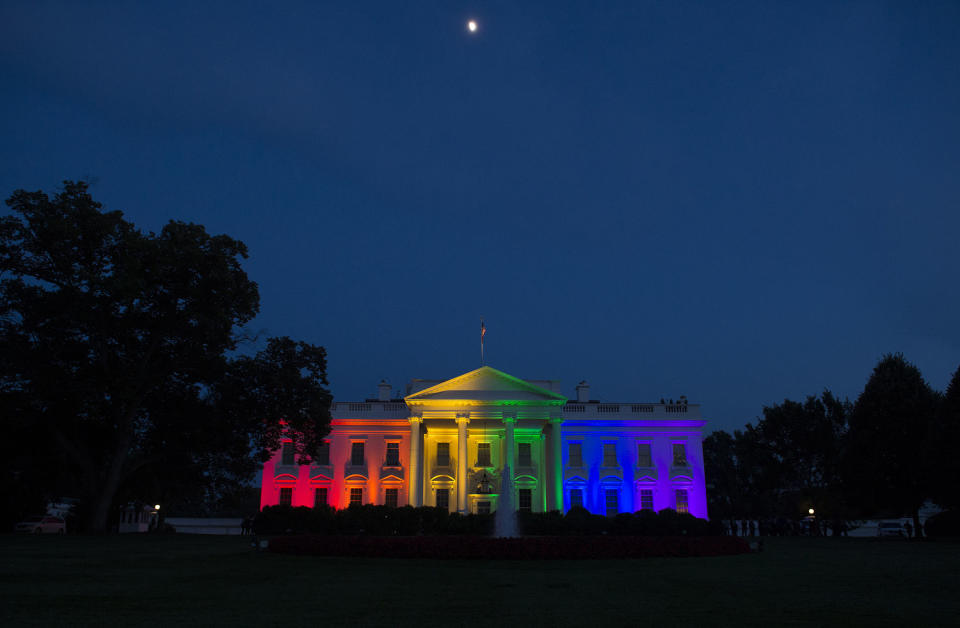

“We cannot achieve real tolerance merely through legislation; we must also change hearts and minds. Our greatest hope for a just society is that we teach our children to respect each other, to value our differences, and to recognize the fundamental values we hold in common,” Clinton wrote in the proclamation.
For more information about NBC Out, sign up for our weekly newsletter.
This article was originally published on NBCNews.com

